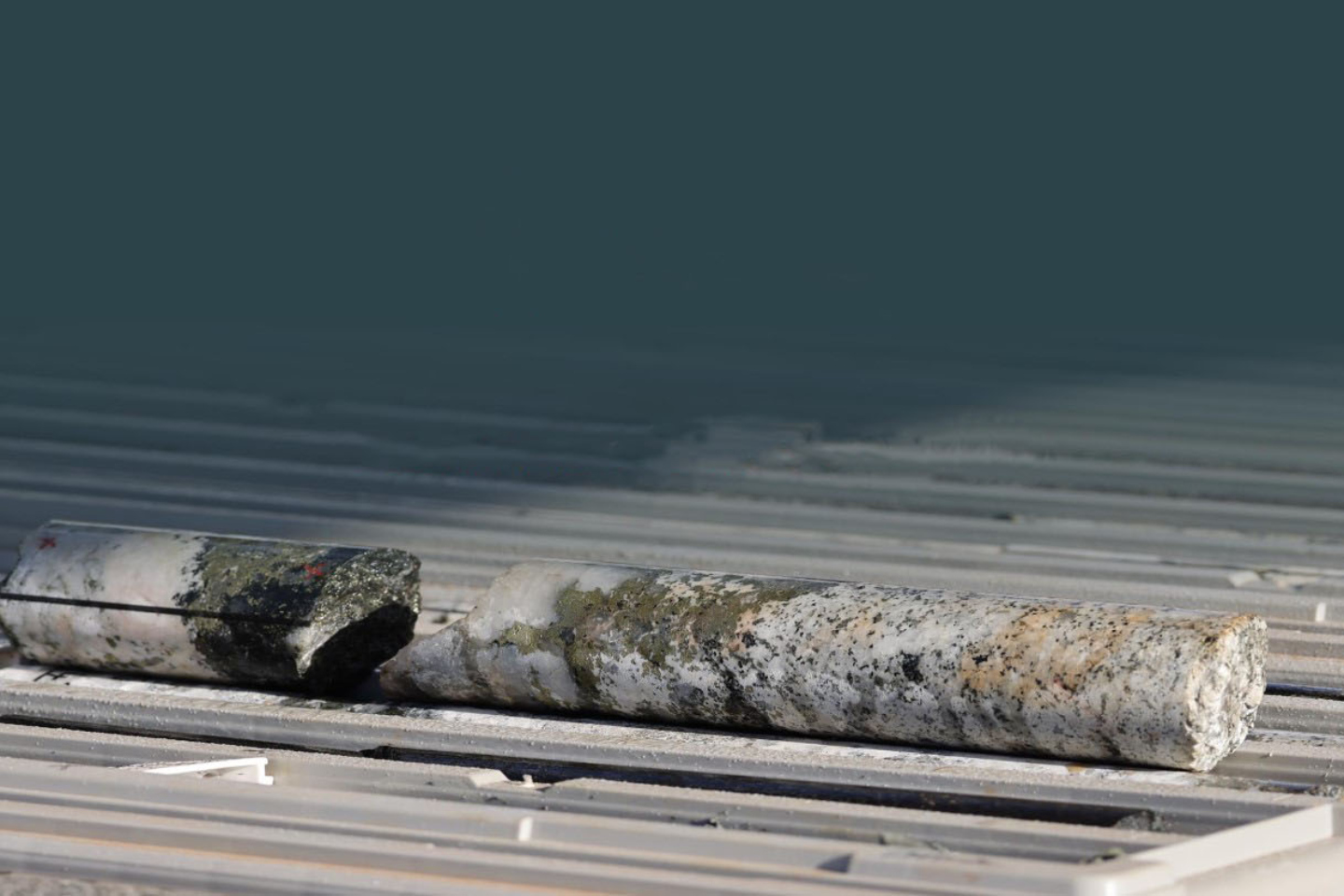DiscovEx says that its joint venture partner Carnaby Resources has completed its maiden interim mineral resource for its Greater Duchess iron oxide copper gold (IOCG) project of 21.8 million tonnes just 70km southeast of Mt. Isa in Queensland. The Greater Duchess Project includes the “Southern Hub” tenements in the Mt. Isa Region of Queensland where DiscovEx holds a 17.5 per cent free-carried interest in 12 exploration permits for minerals.

DiscovEx says that its joint venture partner Carnaby Resources has completed its maiden interim mineral resource for its Greater Duchess iron oxide copper gold (IOCG) project of 21.8 million tonnes just 70km southeast of Mt. Isa in Queensland.
The Greater Duchess Project includes the “Southern Hub” tenements in the Mt. Isa Region of Queensland where DiscovEx holds a 17.5 per cent free-carried interest in 12 exploration permits for minerals.
Carnaby estimates that its Greater Duchess project contains a combined indicated and inferred resource of 21.8 million tonnes at a grade of 1.3 per cent copper and 0.2 grams per tonne gold for a 1.4 per cent copper equivalent, yielding 283,100 tonnes of copper and 148,200 ounces of gold for a total of 315,400 tonnes copper equivalent.
DCX managing director Toby Wellman said: “The Mineral Resource Estimate announced by Carnaby is a huge achievement for the Joint Venture and highlights the underlying value that is attributable to DiscovEx. In addition to the resources that have been reported, further exploration upside still exists throughout much of the project area. DiscovEx looks forward to Carnaby’s continued progression of the JV, and the potential for further mineral discovery.”
The total combined resource comprises five separate resources estimated for Mount Hope, Nil Desperandum, Lady Fanny, Mt. Birnie and Duchess deposits and the maiden resource figure is based on a total of 260 reverse circulation drillholes and 160 diamond drillholes for a total of 93,641m drilled.
Carnaby says in the last two years it has made significant discoveries at Nil Desperandum, Lady Fanny and Mount Hope which together form the bulk of the mineral resource. Additionally, it says the three discoveries remain open down-plunge and expects they will continue to grow with continued drilling.
Meanwhile, the company notes the satellite Mount Birnie and Duchess deposits also contribute to the current mineral resource figure, while many other significant occurrences existing within the overall project area remain to be worked up for inclusion into future upgrades to the maiden resource estimate.
IOCG deposits are important and valuable concentrations of copper gold and uranium ores hosted within iron oxide dominant gangue mineral assemblages which share a common genetic origin.
googletag.cmd.push(function() { googletag.display('bn-dfp-article-lb2-advert'); });Such ore bodies range from around 10 million to more than 4 billion tonnes of contained ore and carry grades of between 0.2 per cent and 5 per cent copper, with gold contents ranging between 0.1 to 1.41g/t gold. They tend to exist as blanket-like breccia sheets within granitic margins, or as long ribbon-like breccias or massive iron oxide deposits within faults or shears.
The large size, relatively simple metallurgy and relatively high grades of IOCG deposits can produce extremely profitable mines, although the formation of these deposits is still not fully understood, and the fluid origins of the world class deposits are still being investigated.
IOCG deposits are also often associated with other valuable trace elements such as uranium, bismuth and rare earth metals, although these accessories are typically subordinate to copper and gold in economic terms.
Is your ASX-listed company doing something interesting? Contact: matt.birney@businessnews.com.au















